Havana, the vibrant capital city of Cuba, is a place where history, culture, and natural beauty converge. As the largest city on the island, it holds a special place in the hearts of Cubans and captures the imagination of visitors from around the world. To truly understand Havana, it’s essential to delve into its historical roots, explore its diverse culture, and appreciate its unique geographical features.
Historical Overview
Founding and Early History:
Havana was founded by Spanish conquistadors in 1515 and quickly became a strategic port for Spain’s colonial empire. Its natural harbor made it an ideal launching point for expeditions to the New World.
Key Historical Events:
Over the centuries, Havana has witnessed a series of transformative events. It played a crucial role in the Cuban War of Independence against Spanish colonial rule and was the site of intense battles during the Spanish-American War. In the 20th century, the city became the epicenter of the Cuban Revolution led by Fidel Castro and Che Guevara.
Notable Figures:
Havana has been home to many notable figures, from famous writers like Ernest Hemingway to influential revolutionaries like Fidel Castro. These individuals have left an indelible mark on the city’s history and culture.
Geographical Features
Havana is strategically located on the northern coast of Cuba, overlooking the Caribbean Sea. Its geography contributes to its unique character:
Layout:
The city is divided into several distinct neighborhoods, each with its own charm and history. Old Havana (Habana Vieja) is a UNESCO World Heritage Site known for its well-preserved colonial architecture, while Vedado offers a more modern, bustling atmosphere.
Natural Landmarks:
Havana’s coastline is graced by the iconic Malecón, a seaside promenade where locals and tourists alike gather to enjoy the sea breeze and beautiful sunsets. The nearby El Morro Castle is a historic fort that stands as a testament to the city’s maritime heritage.
Cultural Heritage
Havana’s cultural heritage is a rich tapestry woven from various influences:
Diverse Population:
The city’s population is a diverse blend of Spanish, African, and Caribbean influences, creating a vibrant and unique cultural mix.
Music, Dance, and Art:
Music and dance are central to Havana’s cultural identity, with the sultry rhythms of salsa and the beats of Afro-Cuban music filling the streets. The city also boasts a thriving arts scene, with numerous galleries and studios showcasing Cuban artists’ work.
Literature, Cinema, and Architecture:
Havana’s literary history includes celebrated authors like José Martí and Alejo Carpentier. It has also served as a backdrop for iconic films like “The Godfather Part II.” The city’s architecture ranges from colonial gems to modernist marvels, offering a visual feast for architecture enthusiasts.
Landmarks and Attractions
Havana is brimming with attractions:
The Malecón:
This iconic seawall promenade is the heart of social life in Havana, where locals gather to socialize, fish, and enjoy the sea breeze.
El Capitolio:
Modeled after the U.S. Capitol in Washington D.C., El Capitolio is a grand neoclassical building that once housed the Cuban government.
Old Havana (Habana Vieja):
This historic district is a labyrinth of cobblestone streets, plazas, and colonial buildings, transporting visitors back in time.
Economy and Industry
Havana’s economy is diverse, with sectors ranging from tourism to manufacturing:
Tourism:
Tourism plays a significant role in Havana’s economy, with visitors drawn to its rich culture, historic sites, and beautiful beaches.
Challenges:
The city faces challenges related to infrastructure, transportation, and housing, which the Cuban government is working to address.
Social and Political Landscape
Havana is not only the cultural heart of Cuba but also a center of political activity:
Political Dynamics:
As the capital, Havana is a hub for political activities and government institutions. It plays a pivotal role in Cuban politics.
Contemporary Issues:
The city grapples with issues such as economic inequality and limited access to certain resources, which are subjects of ongoing debate and reform efforts.
Future Outlook
Havana’s future is filled with possibilities:
Urban Planning:
The city is undergoing urban revitalization efforts to preserve its historic architecture while modernizing infrastructure.
Sustainability:
Efforts are being made to ensure Havana’s sustainability, from cleaner transportation options to preservation of natural habitats.
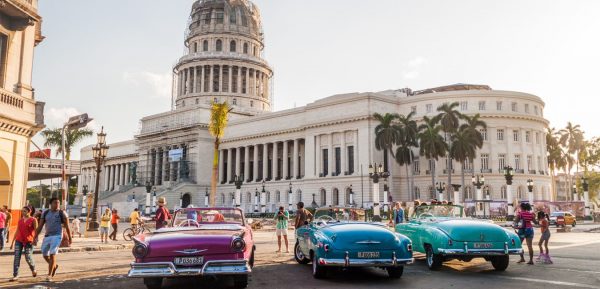
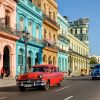
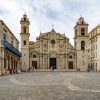
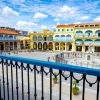
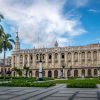
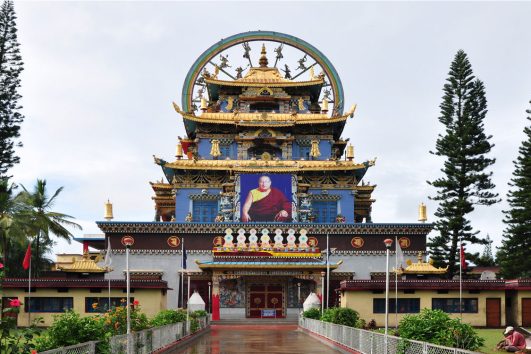
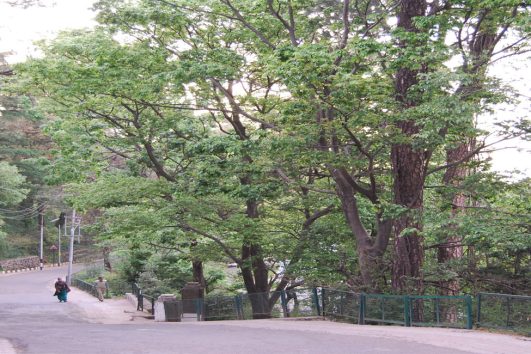
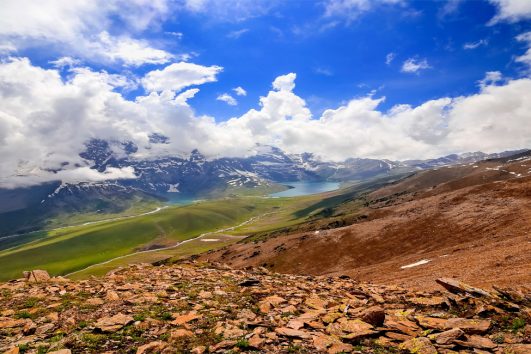
Tour Reviews
There are no reviews yet.
Leave a Review